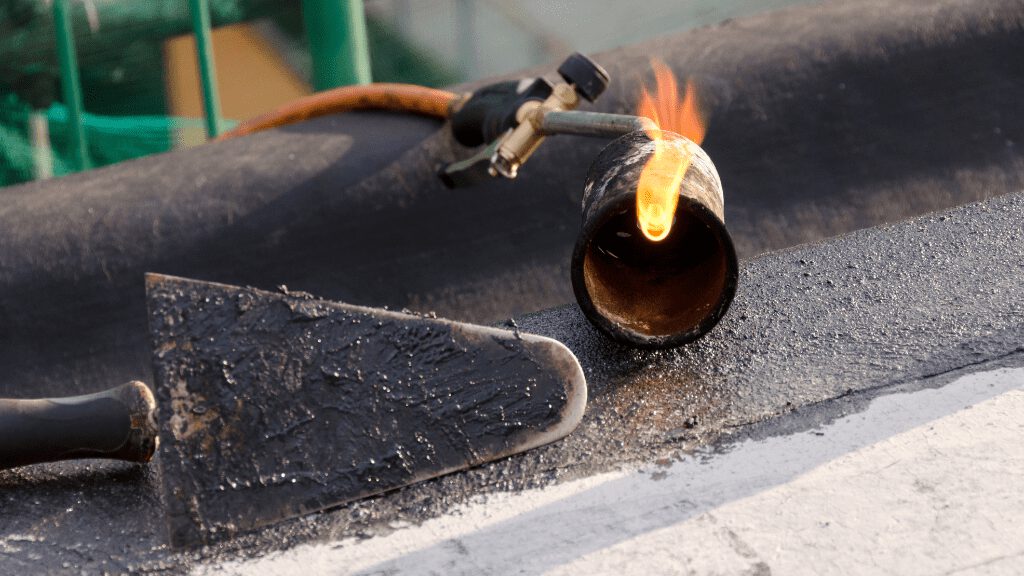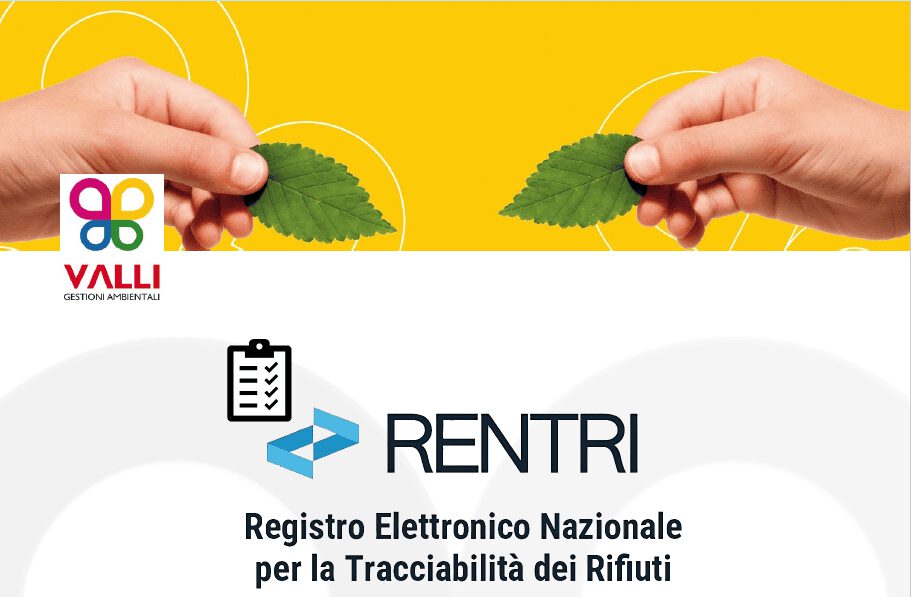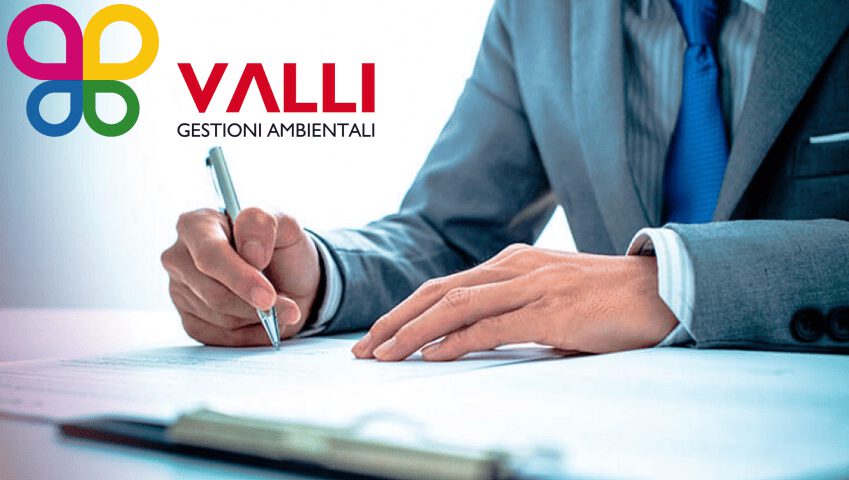The bituminous sheath is a material that is used in the construction sector in specific contexts, due to its technical characteristics. It consists of a mixture of elements of petroleum origin that give it waterproofing properties.
For this reason, the bituminous sheath is particularly suitable for covering roofs, terraces and balconies and in general all surfaces that are exposed to atmospheric agents. Bituminous sheathing can be found on the market in the form of sheets or rolls that facilitate installation and are easy to transport.
The raw material from which this waterproofing sheath is made, i.e. bitumen, derived from petroleum, makes it a dangerous material that can cause damage to the environment, as well as to the well-being of the community.
Therefore, for the disposal of the bituminous sheath it is necessary to rely on experts in the sector and companies such as Valli Gestioni ambientali who will implement all the necessary measures for the treatment of this special waste.
Disposal of bituminous sheath regulations
Bituminous membranes are an optimal solution to improve the tightness and resistance of external surfaces, avoiding damage and infiltration, as they have water and heat resistance characteristics. In addition, bituminous membranes are among the cheapest materials in construction.
However, since the sheaths are made through the processing of petroleum derivatives, they have a high polluting potential which has led to the definition of a strict protocol that is necessary for its disposal.
This material is therefore subject to national and European legislation relating to the treatment of special hazardous waste.
In fact, each hazardous waste is associated with a CER code, a tool that on the one hand allows waste to be identified and on the other plays a fundamental role in the correct definition of disposal methods. Each waste corresponds to a unique EWC code which, in addition to indicating classification and category to which it belongs, indicates its hazardousness.
The EWC Code of Bituminous Sheath is 170300, code relating to asphalt and/or tar sheaths which includes the subcategories 170301, 170302 and 170303.La legislation relating to the disposal of Bituminous Sheaths is Legislative Decree 152/2006 which establishes that only professionals in the sector, adequately equipped and equipped with the indispensable technical knowledge, can provide for their removal.
Bituminous sheath recovery
Given the high ease with which the bituminous sheath is laid, once it reaches the end of its life cycle after years of exposure, operations that are not as simple must be removed or replaced.
Since it is a material that can release toxic substances into the environment, the recovery of the bituminous sheath must take place following the right methods and timing that will avoid the risk of facing the payment of very high fines.
For the recovery of the bituminous sheath, it is first necessary to wear all the necessary protective tools and then wrap each sheath, for example, it must be placed on pallets wrapped with a special shrink plastic film. This prevents pollutants from being released or the sheaths from being classified as both hazardous and non-hazardous special waste. In addition, residues must be disposed of in special containers in order to avoid the release of vapours and unhealthy substances.
Bituminous sheath removal price
There are various types of bituminous sheaths on the market, each of which has specific characteristics and lends itself to different uses. Among the most used are:
- Slate bituminous sheathing: which is usually used to waterproof the roofs of houses or warehouses and does not require the application of additional protective paints.
- The adhesive bituminous sheath: it is suitable for structures that need to be protected from flames such as iron, glass and wood.
- The liquid bituminous sheath: used mainly in places with limited space where installation would be difficult.
The price of bituminous sheath removal depends on the quantity to be disposed of, the classification of the material and its characteristics.
Valli Gestioni Ambientali is able to provide for the classification of waste through analyses carried out by accredited laboratories and the disposal of bituminous membranes, whether they are classified as hazardous or non-hazardous.
If you are looking for a company specialized in the removal of bituminous membranes, you are in the right place! Valli Gestioni Ambientali has been active for over 50 years and from our headquarters in Gorlago (BG) we operate throughout Italy. Fill out the form for a consultation or a quote!




